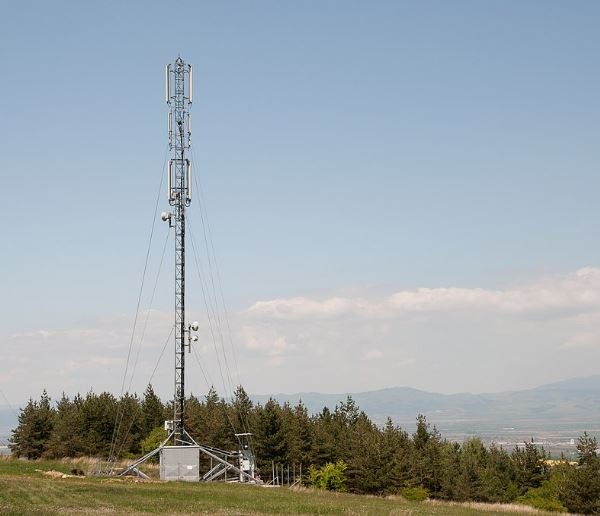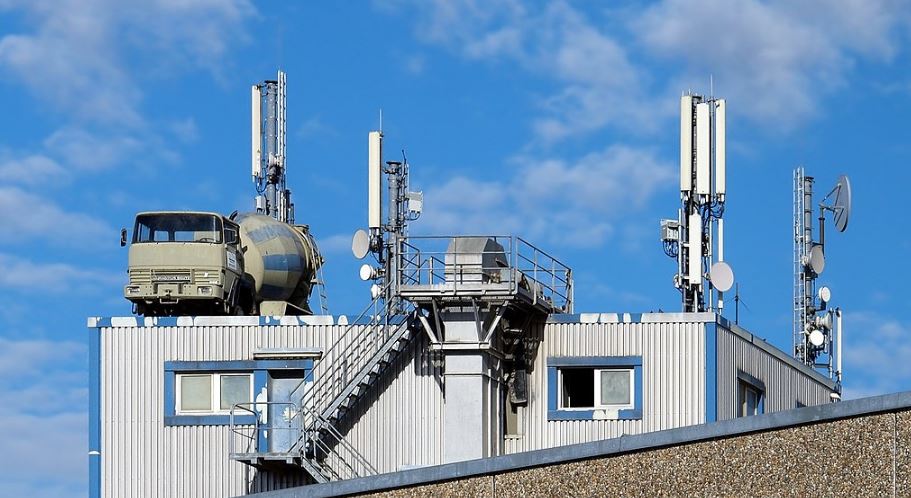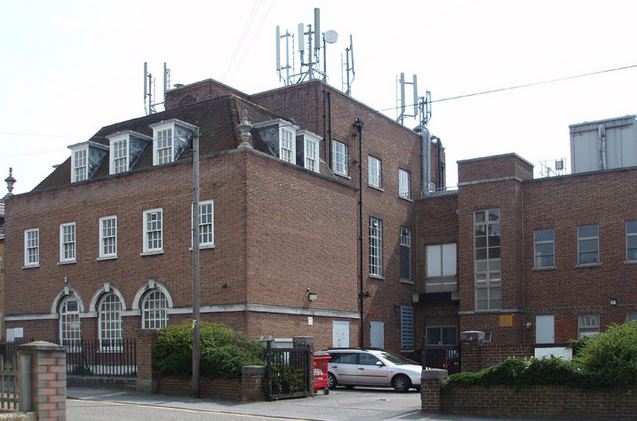Cell towers, or cell sites, are constructed by a company to expand the reach of their telecommunication network, thereby providing a superb reception for the subscribers in a specific area.
This structure is built with antennae and other electric communications devices to be used for wireless communication equipment like radios and cell phones.
Cell towers are basically found anywhere in the world. In the United States of America alone, there are over 307,000 cell towers both in cities and rural areas. According to Millman Land, cell towers in the USA are properly and regularly inspected. Cell towers contributed a lot to the seamless communication flow between people despite their distance.
In the case of USA where there are more than 300 million cell phones being used every day, cell towers impacted speed and efficiency in the communication needs of the public.
When someone uses his cellular phone, the device produces an electromagnetic radio wave known as radio frequency. The cell tower’s antenna receives this frequency emitted by the gadget in its nearest location. Upon the reception of the signal from a cell tower, it will transmit it to a switching center. In seconds, it will allow the connection of a mobile or telephone network.
The presence of a cell tower has a massive impact on the mobile or cellular phone service because it is responsible for transmitting a call from one cellphone user to another. In the USA, four top wireless networks compete for the best coverage. These known providers are Verizon, with its 70 percent 4G coverage; AT&T, 68 percent; T-Mobile, 62 percent; and Spring, 27 percent.
The incredible technological capabilities of a cell tower are possible because of the parts comprising the cell tower. The remarkable invention of wireless networks and/or cell carriers are responsible for spreading cell towers throughout the globe.
The building of cell towers is classified into four types. A monopole tower is made of a concrete tube tower or single steel. It is commonly under 50 meters, needing one foundation, with its antennas connected to the exterior.
The building of guyed tower needs a bigger land area. It’s commonly constructed 100 meters or more, connected by guy wires as its support structure, and connected to the ground. This cost-effective tower is usually used in most radio and television.
The lattice tower, or self-supporting tower, is built with three or four sides, with the same shape on its base. Lattice offers flexibility.
The stealth tower is a bit expensive type of tower. The building of stealth tower also needs additional equipment and sometimes aims to improve the landscape of a community where it is situated. However, it is built in a way that will not be noticed in plain sight.
How Do Cell Towers Work?
The essential purpose of a cell tower is to elevate antennae that transmit and receive radio frequency from cellular devices or mobile phones. With plenty of wires running from the tower antennas to the base station equipment in a concealed way, a cell tower has the immense power to transmit the communication signal to the users in the nearest area.
A cell tower needs regular maintenance and installation of sophisticated equipment to run the site and the mobile services. Some of the equipment that comprised a cell tower’s base stations are transceivers, combiners, multiplexers, system controllers, and signal amplifiers, among other tools.
A cell tower is often built 50 to 200 feet in height to ensure that the antenna is tall enough for its area coverages. This is the reason why cell tower antenna is taller enough in the area. Some cell towers are also attached to tall buildings. A cell tower works best when it brings reliable connectivity to the mobile device users in the target area.
However, the range of a cell tower is not usually fixed. Several factors affect the range of a cell tower. These include the height of the antenna; rated power of the transmitter; frequency of the utilized signal; weather conditions nearby the cell tower; directional characteristics of the site antenna array; absorption of radio energy by nearby structures; and rated uplink/downlink data rate of the subscriber’s phone device.
According to Millman National Land Service, cell towers are often constructed in high population densities. This happened caused cities, or urban areas have more cell phone users. This is also why people can find plenty of cell towers in overcrowded places to prevent interference issues among mobile phone users. When you experience having no cell phone signal in an area, it could be that you are far away from a cell tower or probably because the signal was hindered by taller buildings, mountains or hills, and other large structures.
You may also encounter losing a cellular phone signal when plenty of people are using the cell tower simultaneously. This situation leads you to experience drop calls.
Some interesting facts about cell towers
- Cell towers are part of the sophisticated infrastructure for efficient WiFi and cell phone device usage
- Cell towers leasing is a billion-dollar business
- Cell tower antennas located in highly-density places work on the least amount of radiation necessary.
- Insurance companies do not include unknown long-term damages of radiation from cell towers.
- The advent of 5G may reduce the idea of cell tower leasing on private properties by utilizing smaller base stations like utility posts or street lamps.
- Rooftops are commonly used to house cell towers in highly-populated areas.
- Cell tower antennas are positioned from residential or building interiors for safety reasons.
- Health organizations regularly evaluate radiofrequency radiation emitted in cell towers.
- Land area is commonly used for cell towers in rural or countryside areas.
- Cell towers can also be seen atop churches, water towers, artificial trees, windmills, and other tall buildings.
- Since 2010, cell site services have invested 177.2 billion dollars.
- Health experts focus on sleep disorders, genetic impairment, reproductive problems, cancer risks, nervous system problems, headaches, and memory deficiency in building cell towers.
- Some of the largest cell tower companies are Crown Castle, American Tower and SBA.
- On average, a cell tower generates $68,700 in revenue per year.
- in 2016 alone, the number of new cell sites added in the USA was 9,571.





